Reviewing the Classics| Metropolis
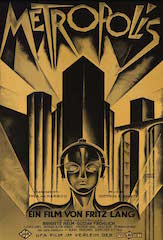 Metropolis is a science fiction, feature-length film directed by Fritz Lang, who made several expressionist films in the German movement. His wife, Thea von Harbou, wrote the screenplay. Over the years pieces of it have been lost and found and several versions have been created and recreated. I chose to watch a cut of the film that was rescored by the New Pollutants. You can find this version on YouTube. Their score really makes a difference in the tone and perception of the film.
Metropolis is a science fiction, feature-length film directed by Fritz Lang, who made several expressionist films in the German movement. His wife, Thea von Harbou, wrote the screenplay. Over the years pieces of it have been lost and found and several versions have been created and recreated. I chose to watch a cut of the film that was rescored by the New Pollutants. You can find this version on YouTube. Their score really makes a difference in the tone and perception of the film.
In Metropolis we see a world divided. Those of wealth and circumstance live above in luxury and comfort. Those in poverty dwell deep below Metropolis. They are the workers forced to run the machines that power the city, separated from all its spoils.
Above, is a lifestyle similar to Marie Antoinette’s Versailles. It is here in the wealth we meet Freder. He’s a young devil, chasing courtesans around the Eternal Gardens without a care in the world. In the midst of his oblivious debauchery, Maria enters. She brings a group of poor children from below up to the gardens where she explains to them that these people are no better than they are, that they are all brothers and sisters.
Freder’s silliness screeches to a halt. He’s absolutely smitten with Maria and wants to find out more about the philosophy she speaks. He follows her down to the Worker’s City. This first scene reveals the danger and desperation of those living below. It is fantastically choreographed with dozens of workers moving in a syncopated rhythm together, as robotic as the machines they are operating. The sets in this film are astonishing and must have required laborious effort and creativity to come into being. I feel as if our contemporary CGI ultimately pales against production value in this film.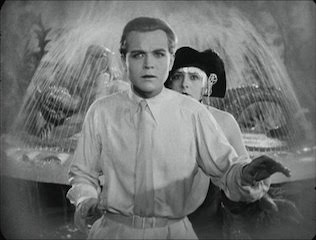
Freder has a contentious relationship with his father, Joh, the sole governing authority of Metropolis. When he tries to tell his father of the horrible conditions he’s seen below, he is coldly dismissed. Remaining convicted of the workers’ plight, Freder abandons his home and returns to the Worker’s City, where he trades places with a man running a machine. This is a very poignant moment as Freder makes the decision to become “one of them” and understand their plight first-hand. The machine he operates resembles a clock. Clocks are a prominent symbolism in the film, giving a dooming sense of urgency and time running out. When the worker surfaces in Freder’s place, we see Metropolis through new eyes. This man is overwhelmed by the opulence, gratuitous nature, temptations, and lust.
After an exhausting first shift, Freder follows the workers deep into the catacombs where they meet in a Church-like sanctuary. Here he finds Maria again, wrapped in a halo of light as she speaks. She tells a rather interesting rendition of the Tower of Babel. Her mission is to bring unity between those above and those below. She explains, the workers are the hands, the creators the head, and there must be a mediator to bring them together, the heart. What a beautiful image and one of many Biblical symbols in the film.
Freder’s father conspires with a deranged scientist to tighten his control on the workers. The science in the film is the typical “mad scientist” ambiguity. Lots of beakers boiling with who knows what, tubes, levers, and gears that seem to have no reason. However, it is the robot or “machine man” the scientist creates that is impressive. At this stage she resembles a female tin- man. She stands dormant beneath a pentacle star with a halo over her head like a dark Madonna.
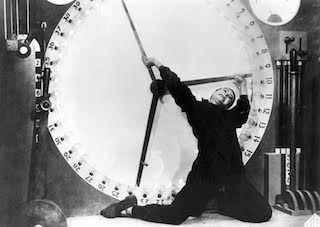 Joh has heard of Maria and her philosophies about becoming one, equal people via a mediator. This will destroy Joh’s entire concept for the city and – like most men in power – he does not want to share his vision with those he feels are beneath him. He asks his scientist to make his machine man into the image of Maria so that he may use the false Maria to deceive and control the people below.
Joh has heard of Maria and her philosophies about becoming one, equal people via a mediator. This will destroy Joh’s entire concept for the city and – like most men in power – he does not want to share his vision with those he feels are beneath him. He asks his scientist to make his machine man into the image of Maria so that he may use the false Maria to deceive and control the people below.
After the meeting in the catacombs, the scientist attempts to kidnap Maria. This scene is my favorite simply because of its artistic use of lighting to create fear. As he chases Maria around the catacombs he uses a flashlight to expose her wherever she hides. As Maria flees deeper into the darkness, the beam of the flashlight grows starker in contrast and we feel him closing in. This film uses a remarkable variety of shots and camera angles, a practice uncommon in early cinema.
Maria is a very interesting character for the time. In the age where a flailing around and fainting was the norm for female characters, Maria fights her circumstances and tries to escape. By convention, there’s a lot of overacting and physical expression in silent films, but Brigitte Helm played both Maria and her crazy counterpart the machine woman with exceptional performance diversity.
The movie takes an insane turn when the scientist creates the machine man into Maria’s image. She becomes like the Hindu goddess Kali enticing violence, destruction. In a very trippy sequence, she does a hypnotic dance leaving the men in the room lusting for her and willing to take each other out just to be near her. She brings chaos and awakens the Seven Deadly Sins in people. I think this is particularly interesting because she does in this in Maria’s form, coming disguised as an angel of light seeking to deceive and destroy. After she has her fill of those above, she goes below to confuse the workers with her lies.
Some criticisms I have of the film are that it’s definitely way too long and drawn out. I’m actually a fan of films being longer so that they actually feel fully developed and not rushed to meet our society’s ADHD needs. However, this story did not need its 2 hour 27 minute runtime to make its point.
I greatly appreciate the film’s discussion how fickle human beings are. Often people will follow whoever yells the loudest or appeals to their emotions, rather than using reason and understanding. Though I enjoy these themes, the climax drags messily with excessive action sequences and very little relating to the actual point of the film. I was really looking forward to the destiny of Freder as the mediator between those above and those below. However, he ultimately didn’t do much. They didn’t even come back to the mediator theme again until the last moments of the film, at which point it felt forced. Maria had to pretty much tell Freder to be the mediator, instead of him realizing his potential for that role on his own.
Though it has imperfections, Metropolis gave the world a strong foundation for epic filmmaking. Its use of models, effects, set design, and lighting alone made a piece way ahead of its time. Anyone who wants to understand the root of stories like The Matrix or The Hunger Games should start with Metropolis.


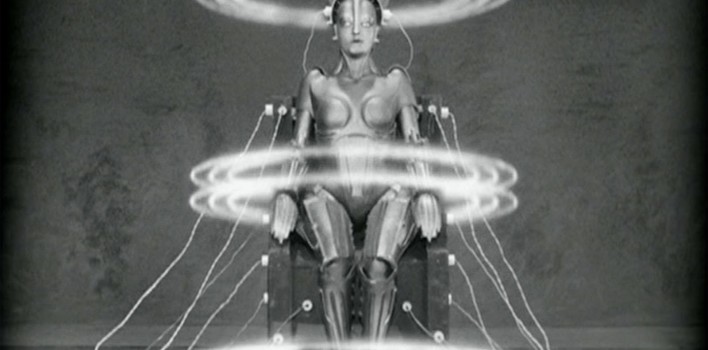
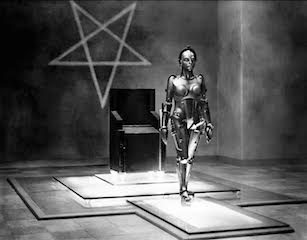
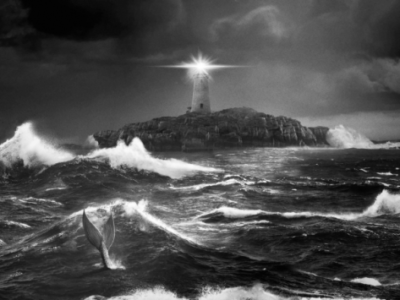
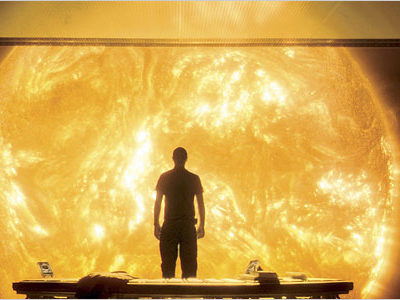
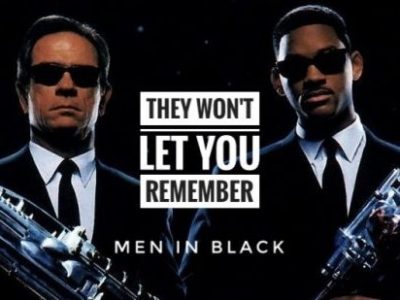


Great review, Alexis. I watched “Metropolis” for the first time about ten years ago. My 20-something-year-old sister wandered through the room, asked what I was watching, and actually stuck around for about 15 minutes or so, allowing that it was “actually pretty interesting.” It really is, of course, and, given its focus on how to mediate the gap between the haves and the have-nots, is just as timely in early 21st-century America as it was in Weimar Republic Germany.
(Plus, of course, the Maria robot influenced the look of C3PO — not ultimately, but in Ralph McQuarrie’s concept art!)
I will check out the rest of your reviews. I’ve been sensing the need to address some gaps in my sci-fi knowledge, and it looks as though you can steer me in some good directions!
Thank you so much! I appreciate the feedback. Also very cool about the robot being inspiration for C3PO. I didn’t even put that together, but now that I think about it, it’s so obvious!
This is my second post on RWT. I hope to do many more and another in this Classics series too. My blog is http://www.reelcathedral.net so that’s where I regularly post. I do love being able to branch out and share on other sites. It’s been such a blessing. 🙂